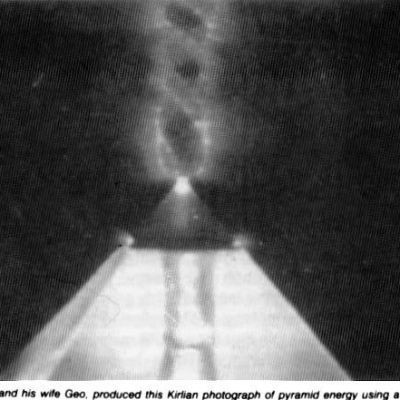Russell Anderson on Electrogravitic Propulsion
https://www.americanantigravity.com - Biefeld-Brown. The Searl Effect. Beamships. You name it, Russell Anderson's into it. For over 20 years, Anderson's approach to Electrogravitics is "if you build it, they will come", and as an avid contributor to science fairs, hobbyist magazines, and Electrographics social groups his philosophy is getting results. He doesn't just talk about Electrogravitics: he builds the devices, carefully documents his work, and then displays them for others as proof of concept demonstrations to create excitement and foster involvement.
For years, Anderson was known for running Applied Electrogravitics, a small firm building enormous Beamships measuring up to 12-feet on each side. Anderson's Beamship is a bit like a Lifter: apply a high-voltage and it starts to fly, with no moving parts. His goal is making his vision of Electrogravitics real, not just talk about it. He's done more than just build Beamships, though: Russell Anderson is a die-hard community advocate, and has spent considerable time volunteering with others to share his research into Electrogravitics.
If the name Beamship sounds familiar, it's because the moniker originated from Anderson's interest in the Billy Meier story. The 20th-century UFO guru talked about alien "Beamships" using Electrogravitics technology, and it fit right into Anderson's vision of where Applied Electrogravitics could go. Build it big, make it portable (his beamships fold up for easy transport!), and then take them out in a field and get others interested in Electrogravitics by demonstrating it to them at a distance.
You've gotta love Russell Anderson, because he's friendly, geniune, and incredibly persistent. Back in the 1980's he was building replications of TT Brown's famous spinning disk experiment, and when others got into the Lifter craze in 2001, he took it to the next level with devices measuring in meters, not inches. Lately, he's been working on the Searl Effect as well, which he's studied carefully now for over 20 years.
Originally recorded: April 9th, 2004














